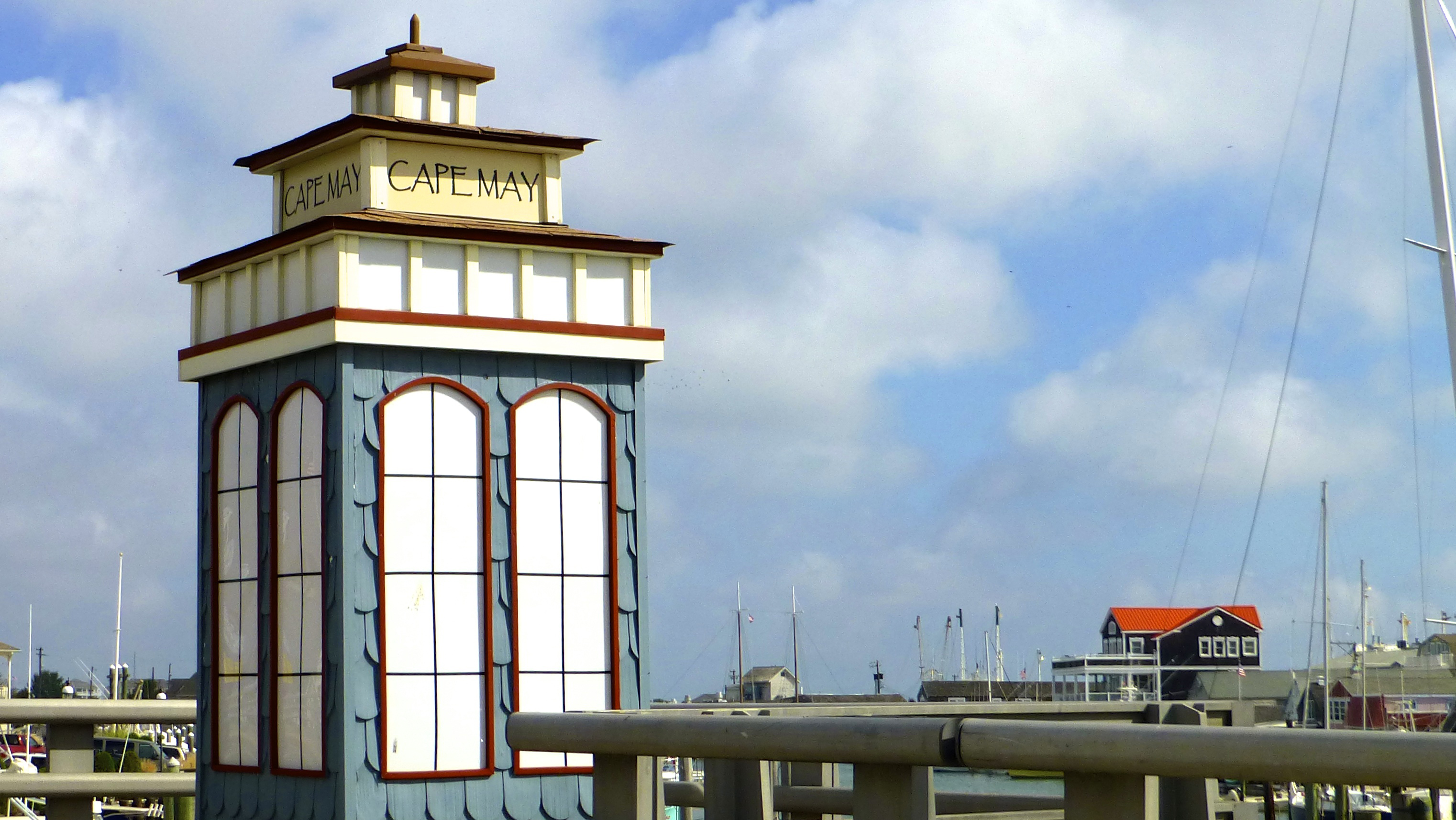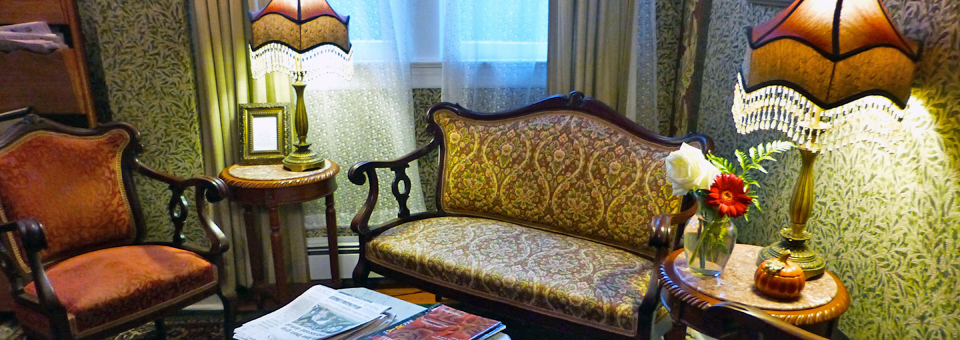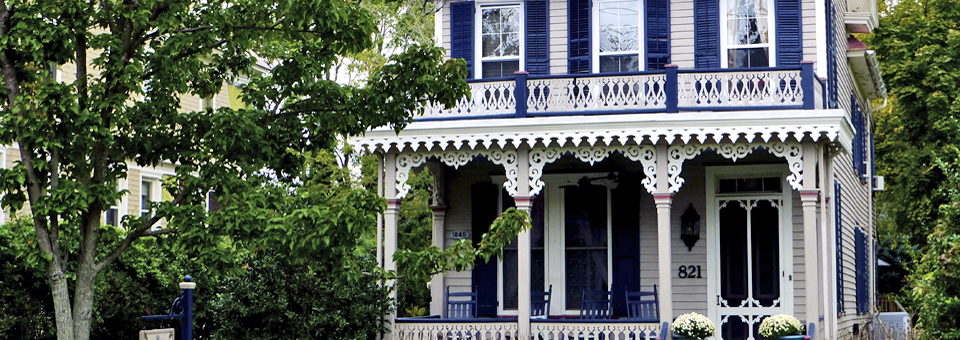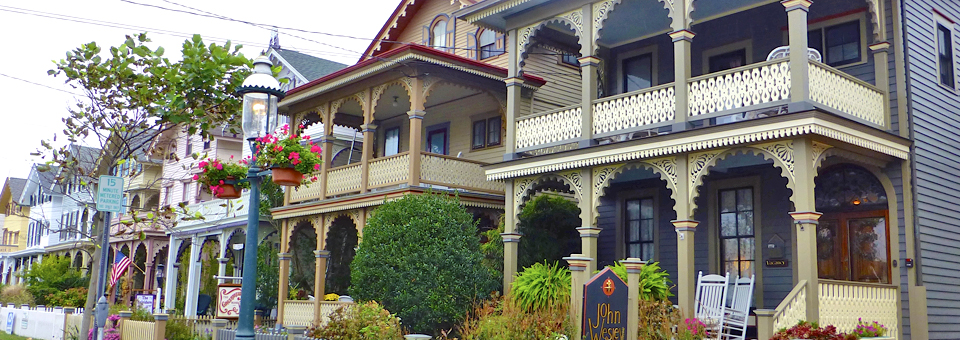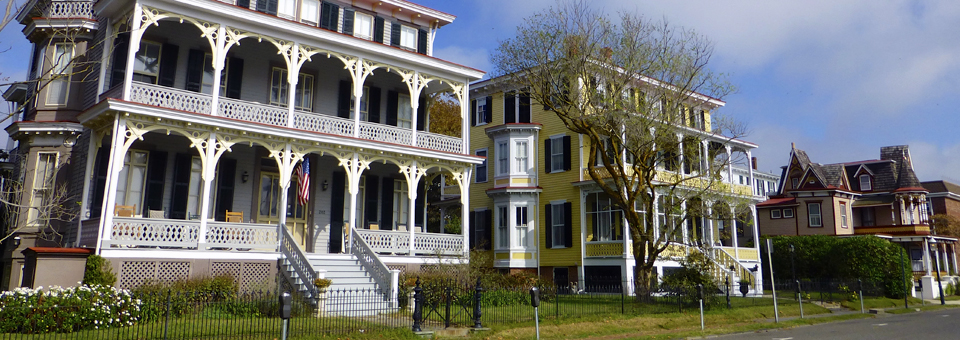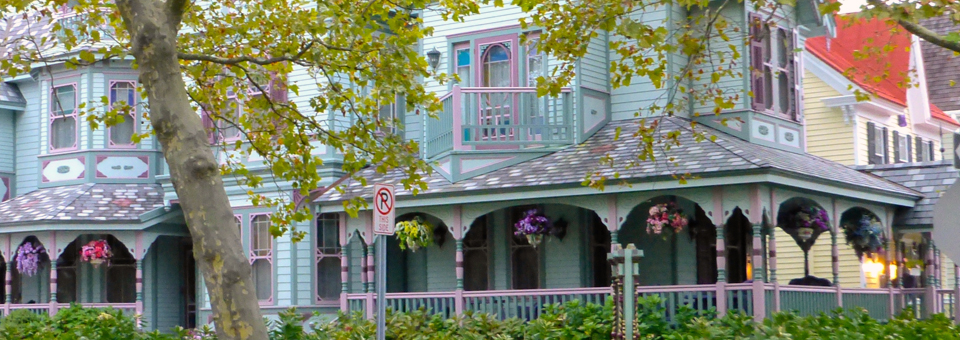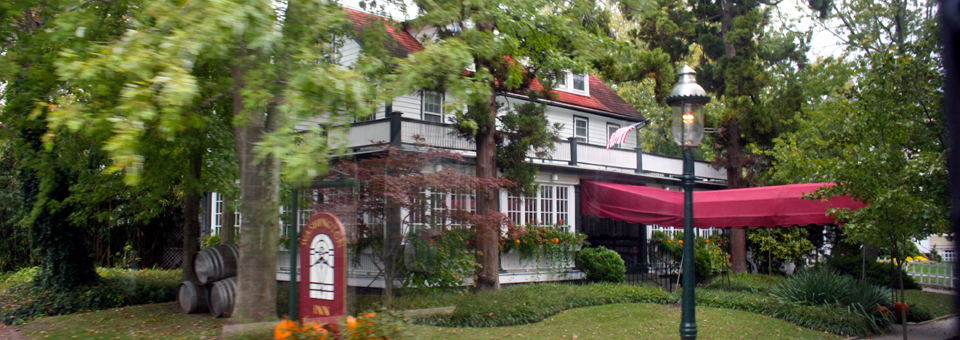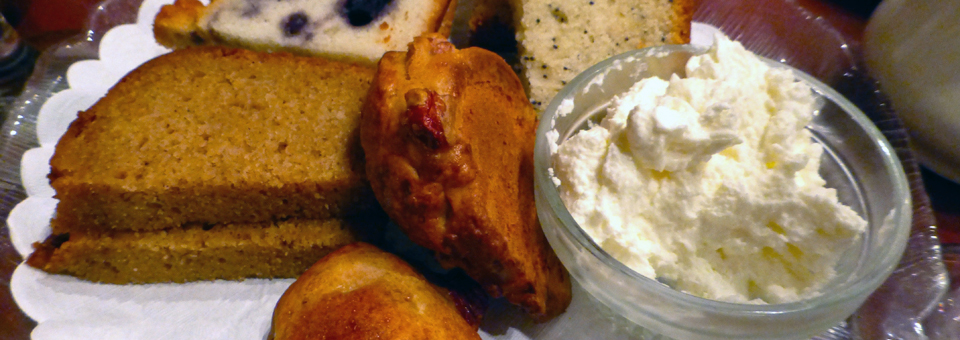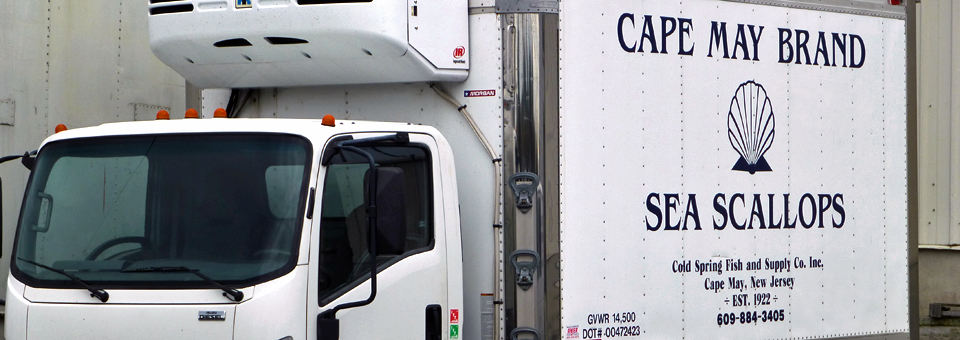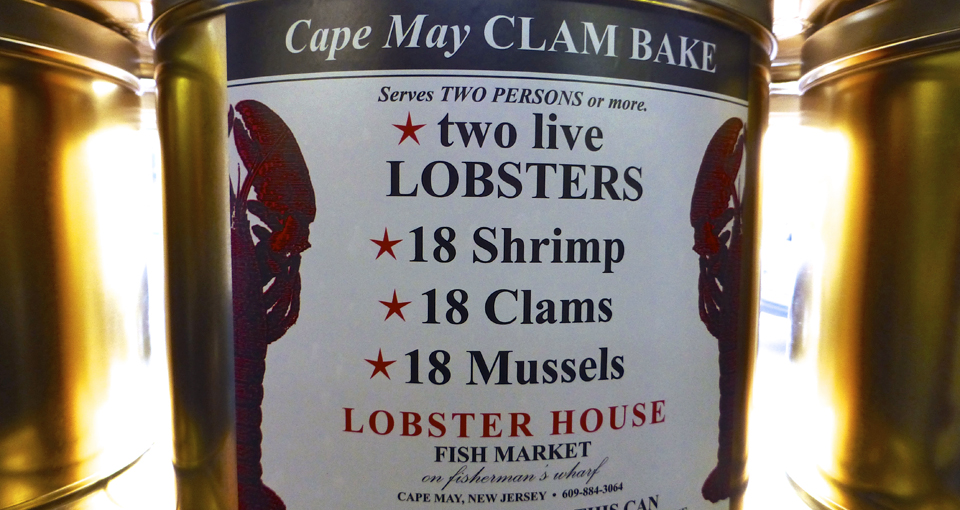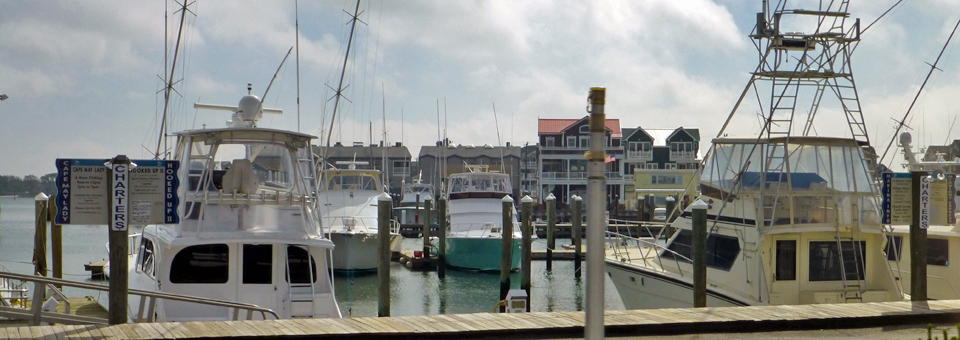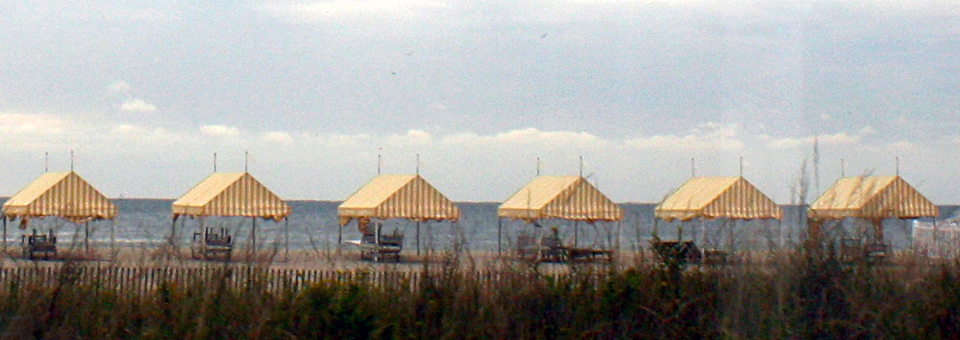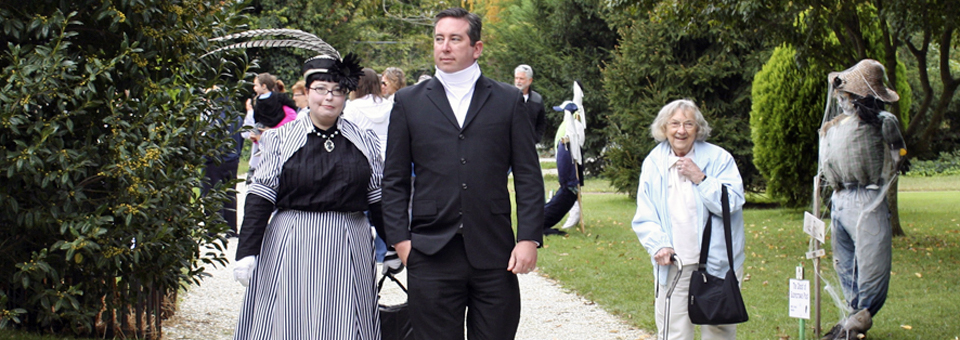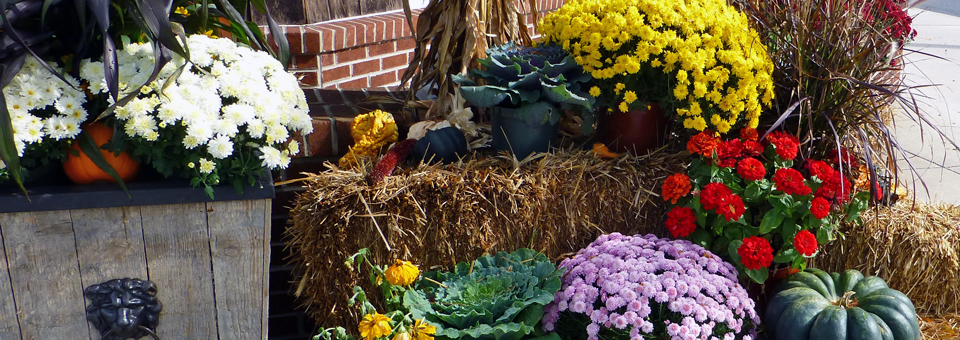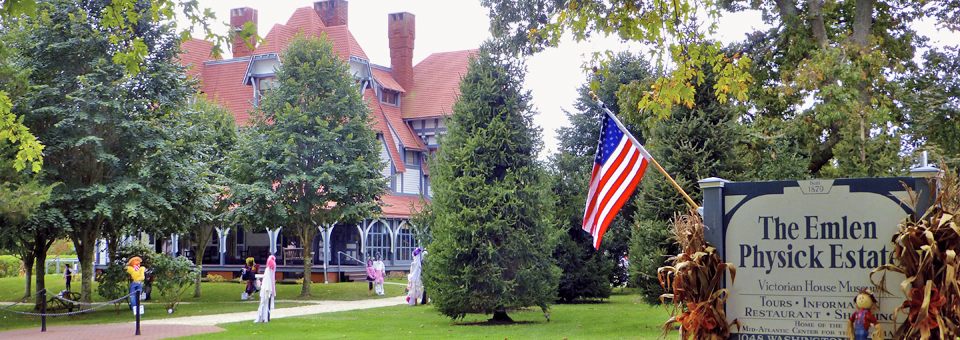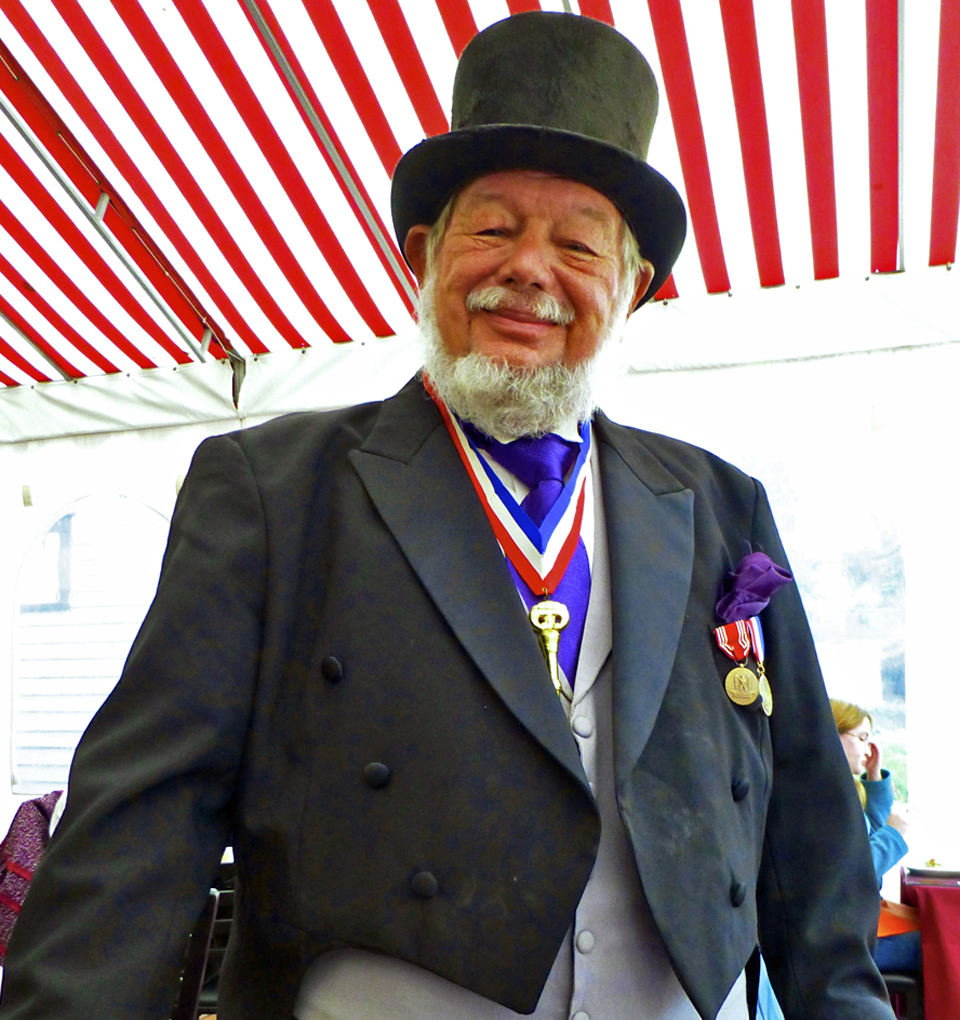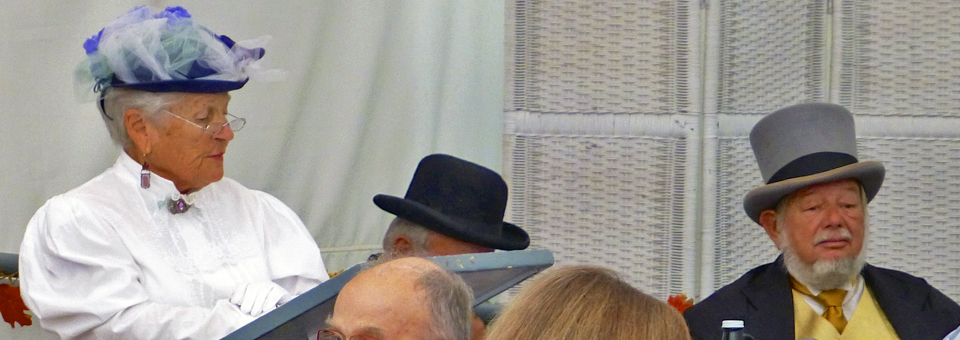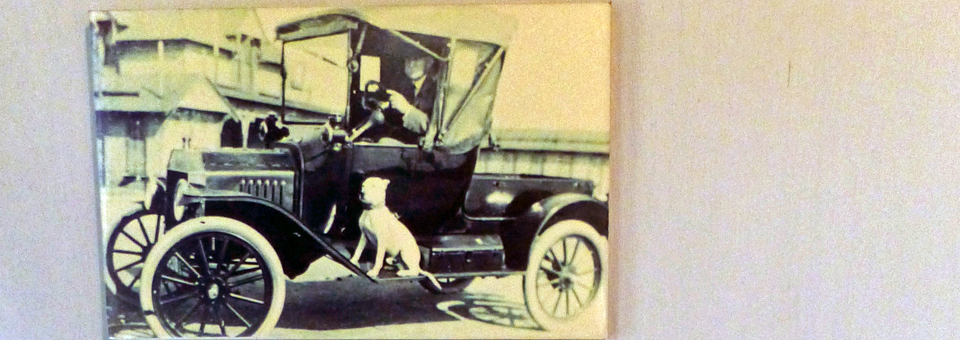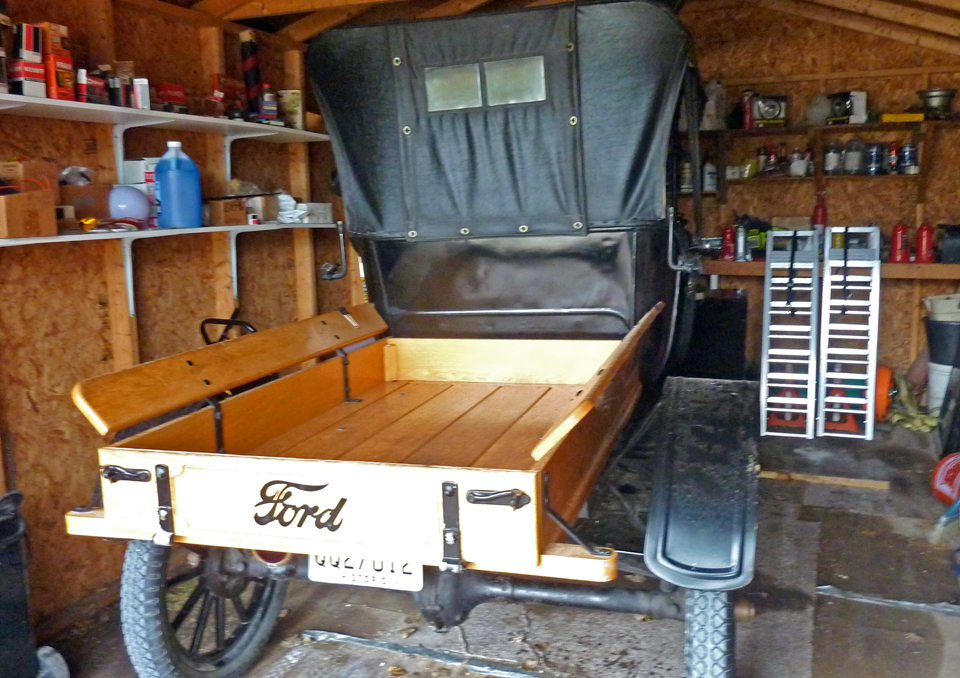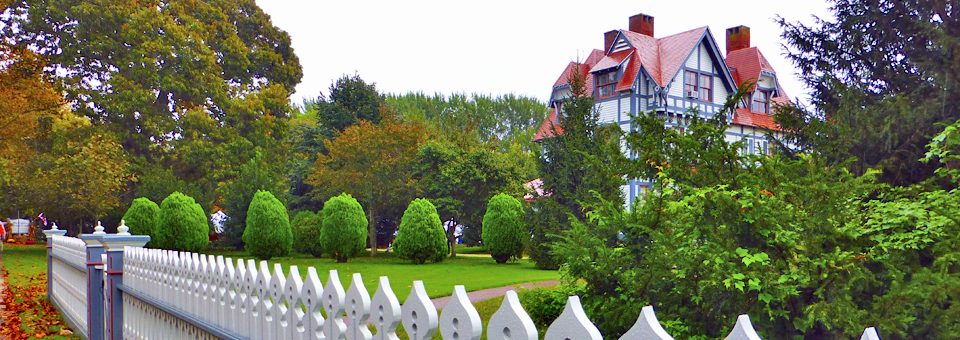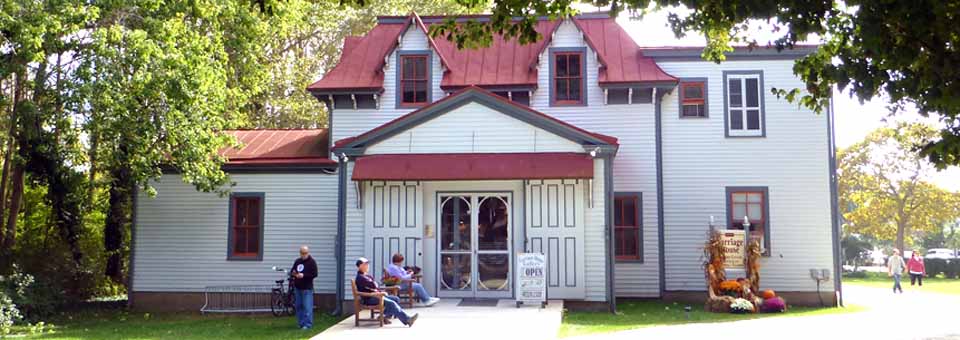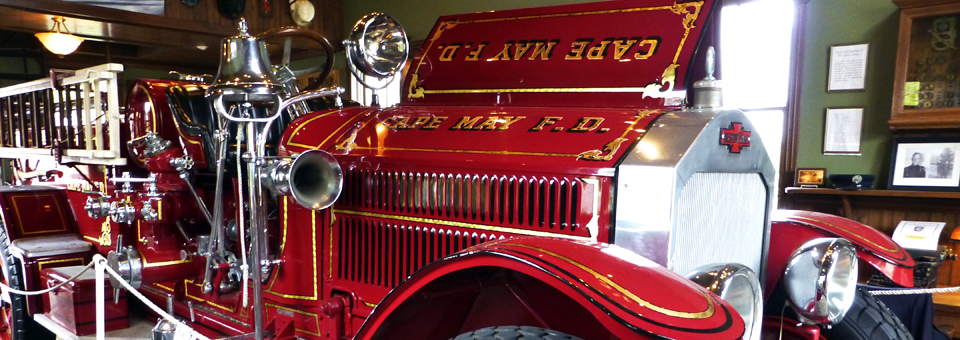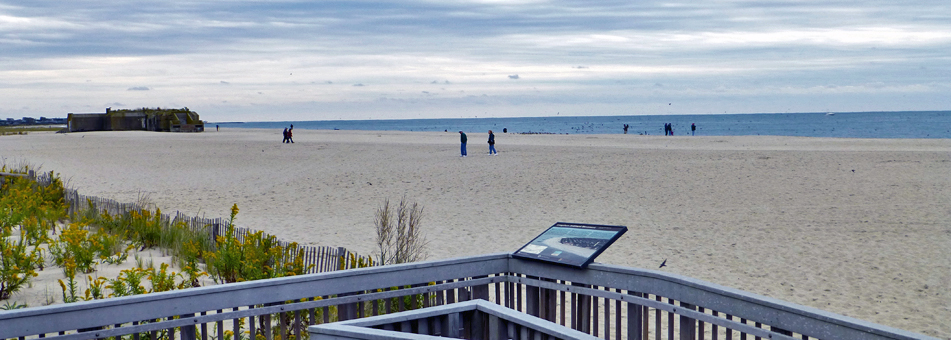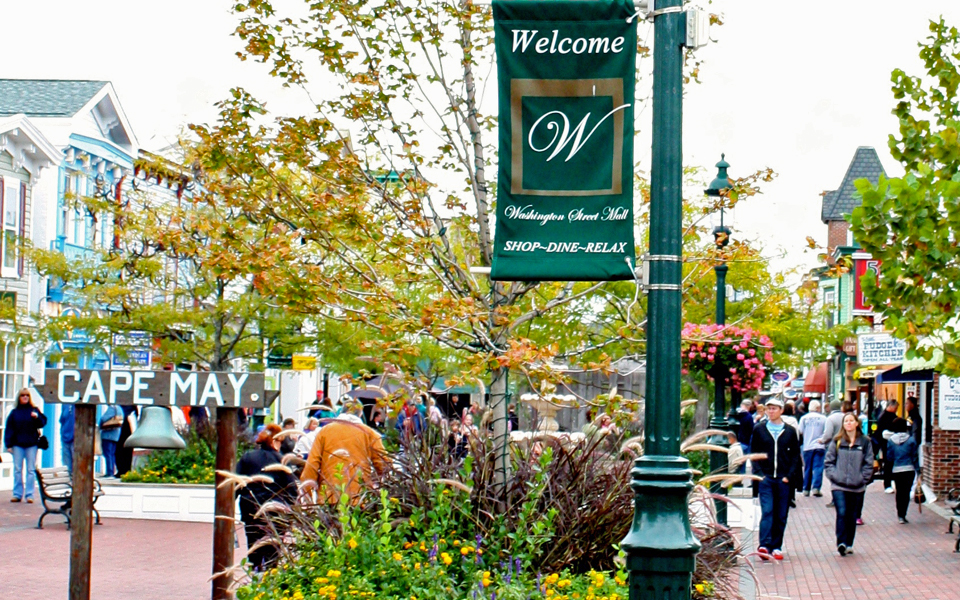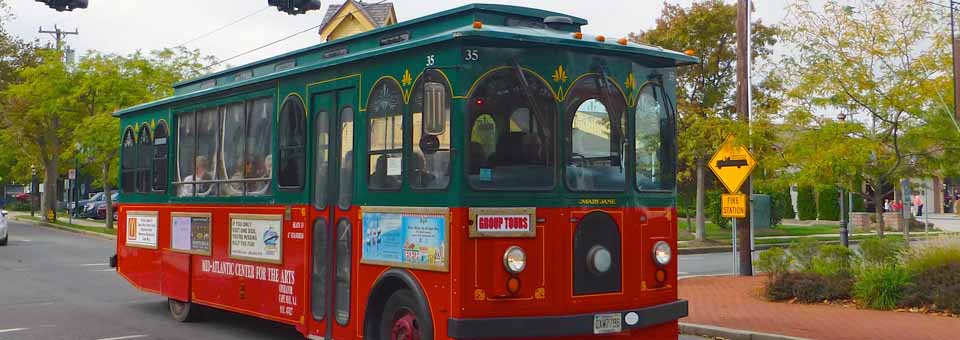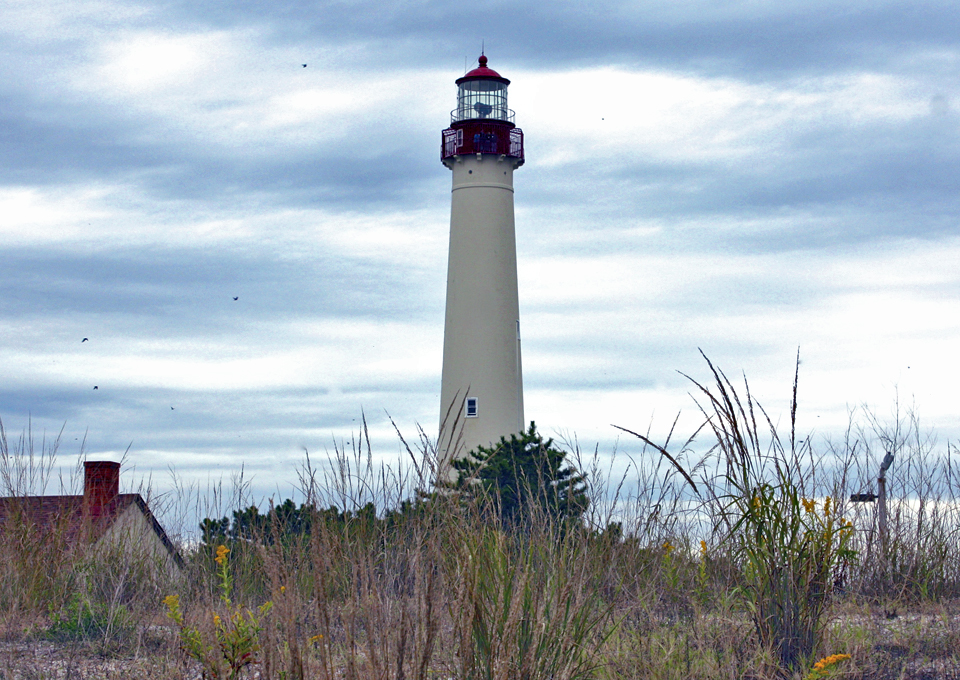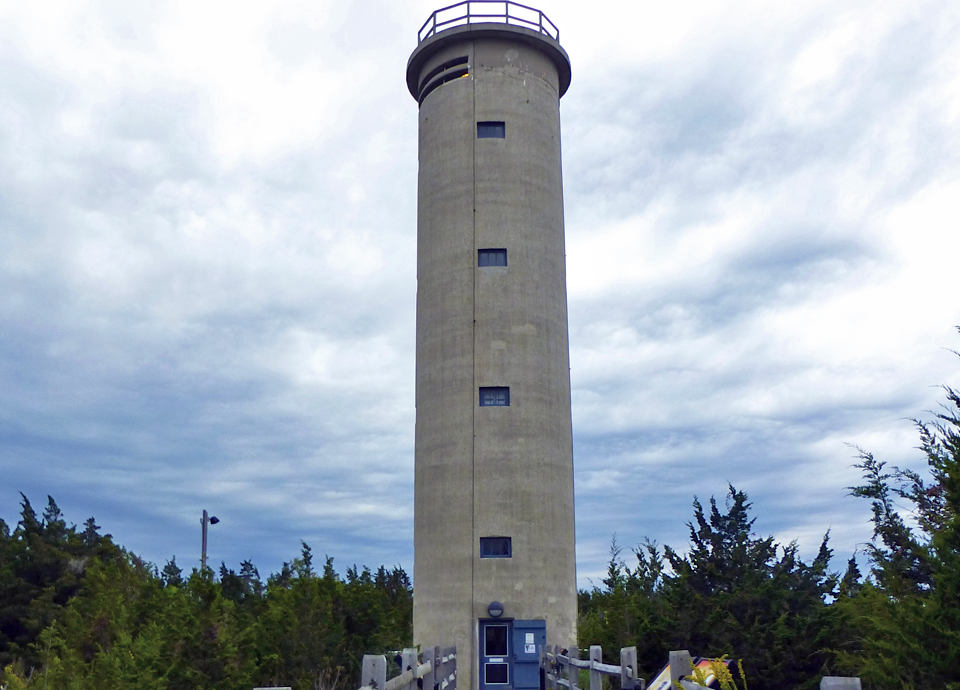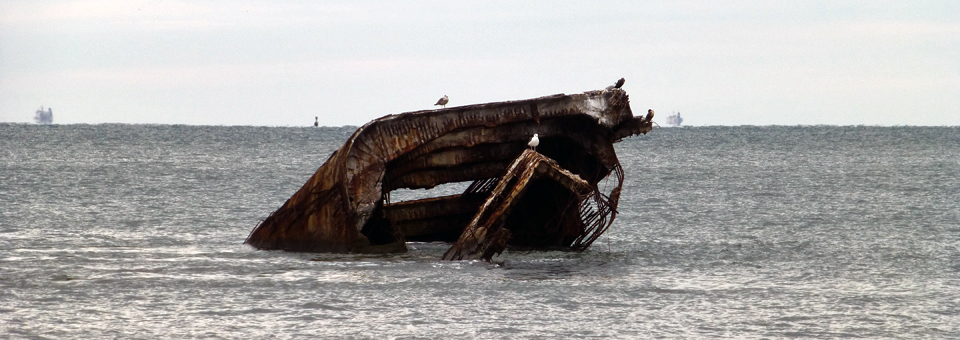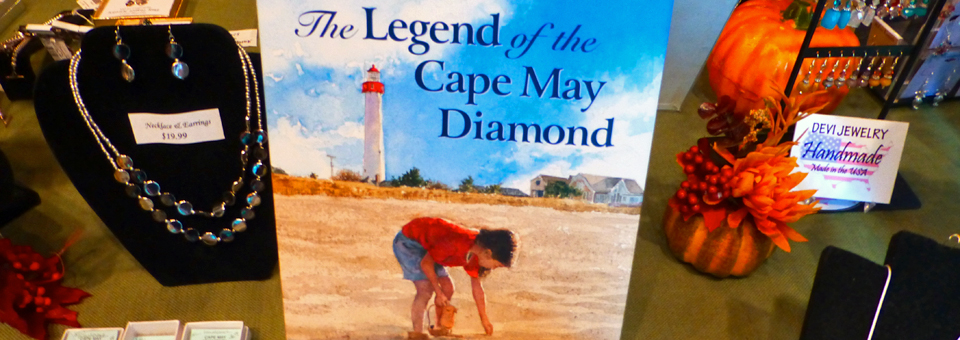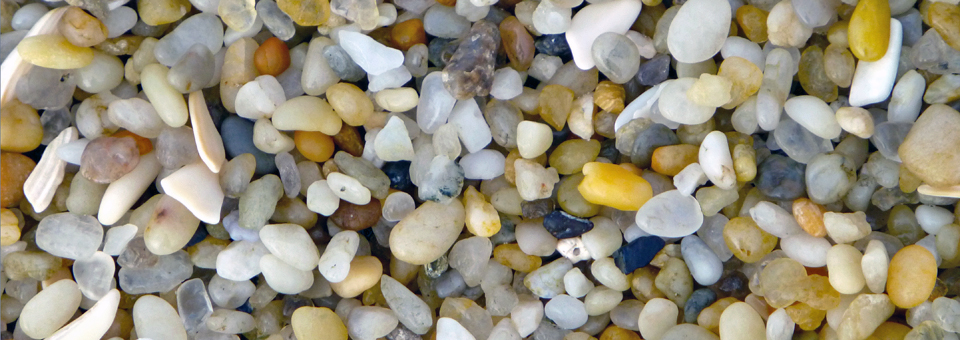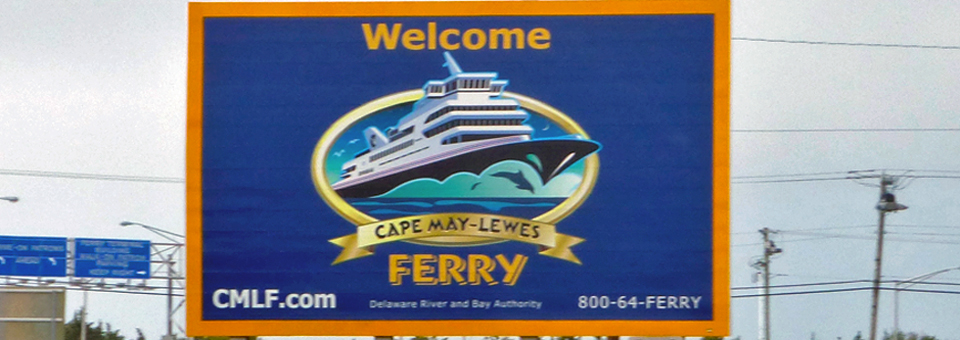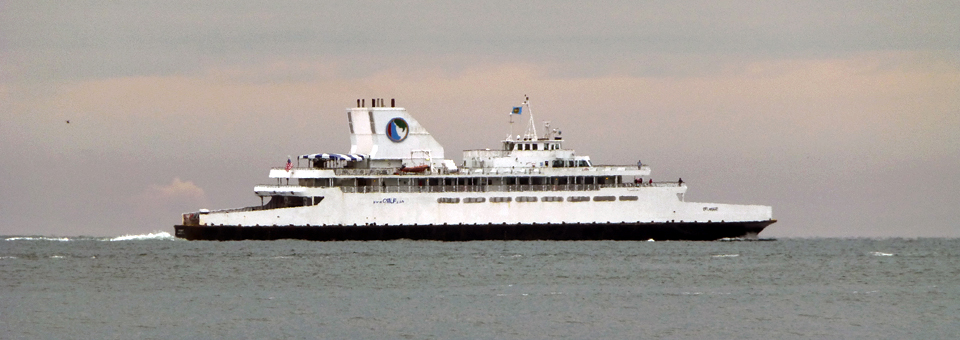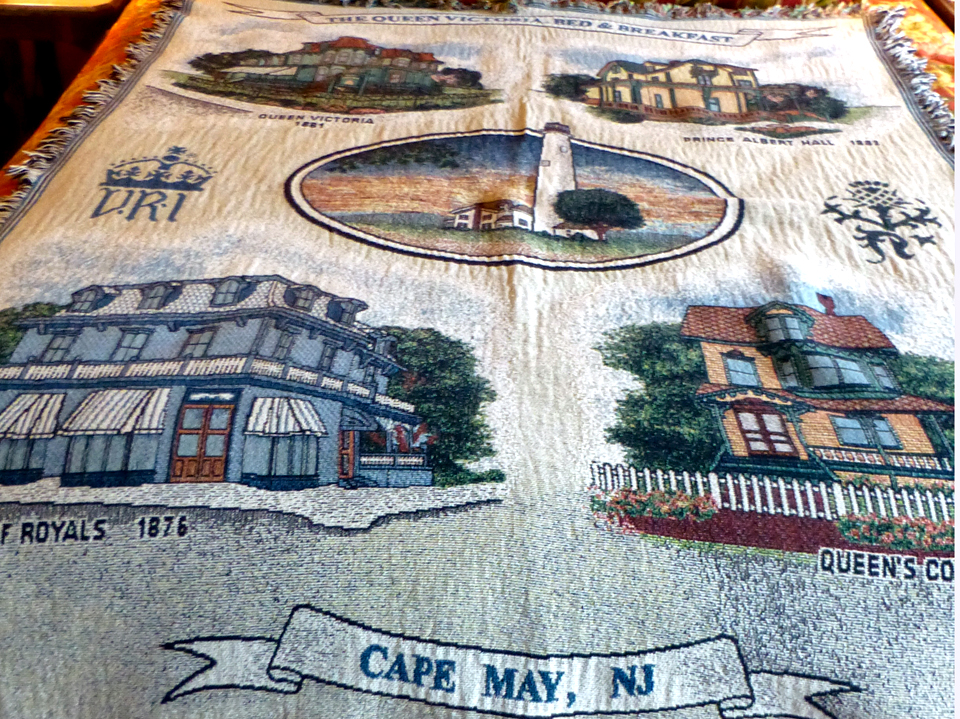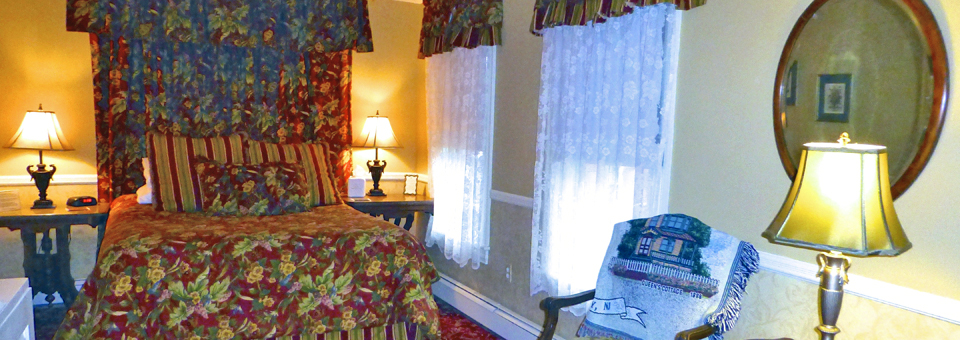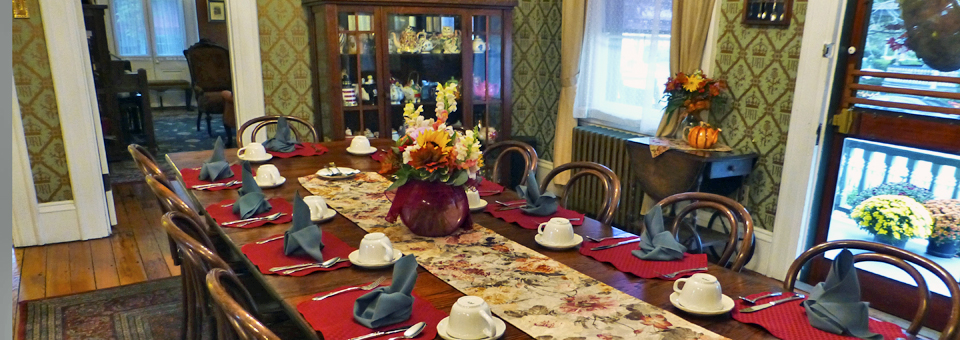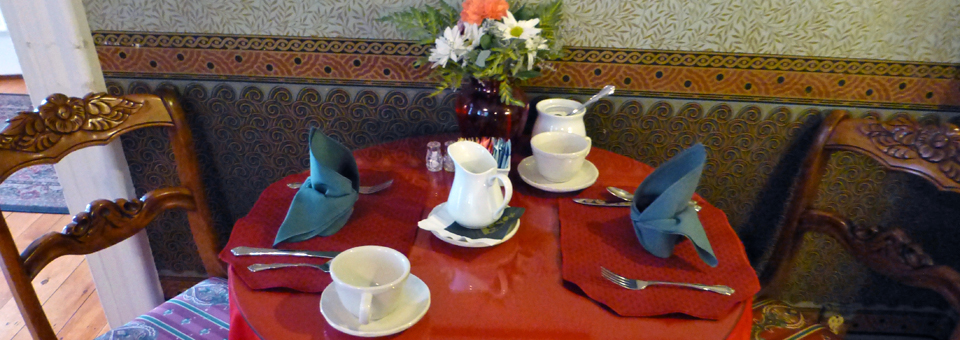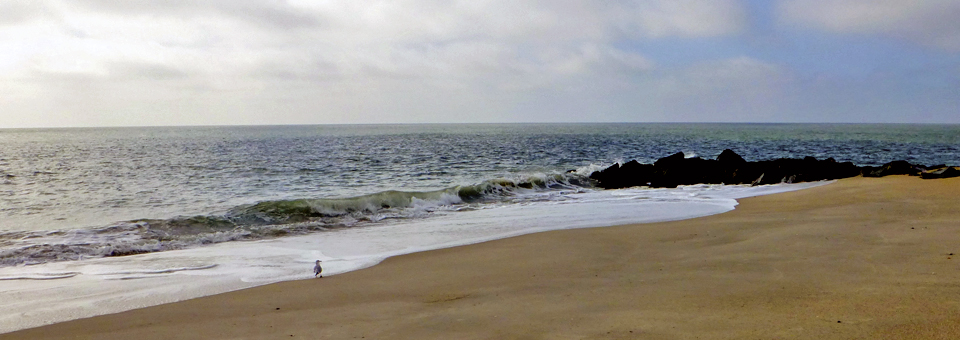Cape May, New Jersey: sun, sand, and sea and more at America’s original Seaside Resort
We were sitting in the parlor of the Queen Victoria Bed & Breakfast sipping the evening sherry when we heard the clippity-clack of a horse and carriage passing by. If not for the electricity illuminating the antique chandelier we might have been experiencing the Victorian Age.
We were in Cape May, New Jersey. It was explored and claimed as part of New Netherland in the early 1600s by Dutch Captain Cornelius Jacobsen Mey, later spelled May.
It became a seaside resort after American Revolution, when people came by stagecoach from Philadelphia.
As Cape May’s elaborate Victorian Age homes became increasingly expensive to maintain, many were razed in the mid-20th century to make room for modern motels and homes. Others became run-down and inexpensive housing for hippies and artists.
Thanks to the preservation movement that began in the 1970s, streets of the historic district are now lined with “painted ladies” that have been restored to their former grandeur.
Now Cape May’s historical district boasts elaborately painted and decorated houses with soaring turrets, fish scale shingles, cupolas, and balustraded front porches.
Some are painted in the traditional earth tones, others with bright new colors that highlight their elaborate details. Although historic houses can be painted any color, the historical commission must approve modifications to exterior architecture.
According to the New York Times, Cape May is the culinary capital of New Jersey. Dining options in refined yet down-to-earth Cape May range from an elegant meal or beach plum martini at the Washington Inn, an 1840s plantation home, or afternoon tea at the Emlen Physick Estate to standing in line at Hot Dog Tommy’s stand. It’s a charming fusion of budgets and tastes.
You can enjoy fresh seafood at a restaurant right by the boats at Fisherman’s Wharf.
Buy Lobster House Restaurant’s specialties at their Fish Market to enjoy later or ship their complete clam bake to cook right in its can.
Or charter a boat for your own fishing excursion.
Summer is the most popular season, a time of parasailing, jet skiing, skimming the water on a WaveRunner, or just soaking up the sun. Activities continue throughout the year, with special events like the Spring Festival, Music Festival, and the Food and Wine Festival. In October and you may meet the Queen of the Lima Bean Festival. Many visit every year during December’s Candlelight House Tours, when Cape May is decorated for the holiday season.
We visited in October for the popular Victorian Week. It is a time of historic house and trolley tours, food and wine and other special events, and fall colors.
The Emlen Physick estate
The hub of the festivities was the Physick Estate, an eighteen room mansion built for Emlen Physick in 1879. He lived there with his widowed mother, Mrs. Ralston, and maiden Aunt Emilie Parmentier.
Physick was a descendent of a wealthy Philadelphia family. His grandfather, Dr. Philip Syng Physick, regarded as the Father of American Surgery, was a professor of surgery at the University of Pennsylvania and a medical lecturer who invented the stomach pump and many surgical procedures and medical instruments still in use. Dolly Madison and President Andrew Jackson were among his patients. His great-grandfather, Philip Syng, Jr. made the silver inkwell used in the signing of the Declaration of Independence.
Physick followed the family tradition and attended medical school but never practiced. He graduated at the age of 22, came into his inheritance, and lived the life of a gentleman farmer.
He had two tenant farms, raised dogs, bought and sold real estate, and remained active in the community. He never married.
He was the first in Cape May to have an automobile, a 1915 Ford Model T. His mother disapproved and used a horse and carriage.
This house lacks the gingerbread touches we usually associate with the architecture of the Victorian Age. Its innovative design created quite a stir among neighbors who lived in stately traditional Gothic, Italianate, and Mansard homes on fashionable tree-lined Washington Street. It is now Cape May’s only Victorian house that is a museum and is one of the finest examples of Victorian Stick style in America.
The design reminded us of Frank Lloyd Wright’s style. It is attributed to Frank Furness, who designed Newport’s Fairholme, is thought to be the architect. Furness employed Louis Sullivan, who later hired — and fired — a young Frank Lloyd Wright.
Dr. Physick lived here until 1916. Aunt Emilie lived there another 20 years and willed it to Mrs. Brooks, a family friend who helped her in her later years, with the stipulation that the Brooks live there and change nothing. They remained there until the 1960s, then sold the house, without the furniture, to a developer.
The vacant house was vandalized and fell into disrepair. By the end of the 1960s it was to be torn down to make room for new construction.
That’s when people got together to form MAC, the Mid-Atlantic Center for the Arts & Humanities. They successfully applied for a federal grant, became politically active, and gained approval to restore the estate as a public cultural facility. By 1976, the entire city was declared a National Historic Landmark.
The Physick Estate was restored to Victorian Age grandeur. Mrs. Brooks’ children and grandchildren donated many original items and continue to do so.
The carriage house, complete with hooks labeled for tack and decorative wrought iron, now houses a gallery with changing exhibits, a museum shop, and a popular tearoom and café serving traditional English tea lunch or afternoon tea. We were there when costumed reenactors, including Dr. Physick himself, held a lively debate on prohibition.
Other attractions
There’s much to do and see in Cape May at little or no cost.
Strolling the boardwalk or historic district, hiking in Cape May Point State Park, enjoying the beaches, and visiting the Fire House Museum are all free.
There’s also Washington Street Mall, a three block long brick pedestrian promenade lined with specialty shops and restaurants.
Exploring and enjoying the area is easy. Cape May is known for its trolley tours, walking tours, house tours, nature tours, and boat tours. There are craft and antique shows, music festivals, and food and wine events.
A ride on a MAC red trolley is a good way for a first time visitor gain an overview of the cultural, historical, and natural attractions of the area. There are a variety of other tours available, as well, from viewing seaside mansions to evening rides with a psychic medium.
For a close-up view of the architecture of the historic streets of this National Landmark City take a walking tour. Self-guided audio tours using handheld units or downloadable to iPod or other MP3 player are available.
May through October, see the city from another perspective with a Cape May Whale Watcher cruise on Delaware Bay. Options include whale and dolphin watches, sunset cruises, dinner cruises, and trips past historic working lighthouses visible only from the water. Check the website for a discount coupon. http://capemaywhalewatcher.com/dolphin-watch-sunset.htm he website for a discount coupon.
Birders flock to the Cape May Bird Observatory at New Jersey’s southernmost point, Cape May Point State Park, for some of the best migratory bird watching in the Northeast. There are hiking trails and 199 steps to the top of the restored Cape May Lighthouse.
The World War II Lookout Tower at the end of Sunset Boulevard has also been restored by MAC. It is New Jersey’s last remaining coastal defense lookout tower built for spotting and firing at enemy ships.
Cape May is a cultural center with two theater companies, Cape May Stage and East Lynne Theater Company. There’s a Jazz Festival, Music Festival, and Film Festival.
Naval Air Station Wildwood Aviation Museum houses aircraft, military memorabilia and exhibits in Hangar #1 at the Cape May Airport. It was built on a former World War II naval air base where dive-bombers trained on aircraft like the SB2C Helldiver, which sank more enemy ships than any other.
Sunset Boulevard is so named for what is said to be the most brilliant sunset in the world. It is best seen from Sunset Beach, where there is an unobscured view of the horizon.Sunset Beach is also a place to see the wreck of the concrete S.S. Atlantus.
And it is the best place to search for a Cape May “diamond”.
Historic Cold Spring Village has a farm with heritage crops, gardens, and twenty-six historic buildings staffed by artisans and interpreters in period costumes. On weekdays there are free horse-drawn carriage rides. ($10). In the off-season, the Visitor Center is open weekdays only and access to grounds is free.
Enjoy sea breezes on the 17 mile and 70 minute Cape May-Lewes ferry to explore the Cape May’s Delaware twin, Cape Henlopen. Take your car or use the connecting bus service in Lewes and the downtown shuttle in Cape May.
Accommodations
Accommodation options include bed and breakfast inns, guest houses, house and condo rentals, historic hotels, modern hotels and motels, and campgrounds. Our choice was to stay in one of the Victorian homes located between Washington Street Mall, the tour ticket kiosk, and a trolley stop on one side and the beach on the other.
We chose the Queen Victoria B&B, which is part of a complex of four Victorian houses. The oldest dates to 1776.
There are thirty-two guest rooms and suites with period furnishings and modern amenities.
Breakfast, afternoon tea, and evening sherry in any of the properties were included. Rockers on the porch, bicycles, and beach chairs are available free of charge, making it easy to be as active — or not — as you please.
Now that’s a great getaway!
For more on what to see and do, see Cape May

